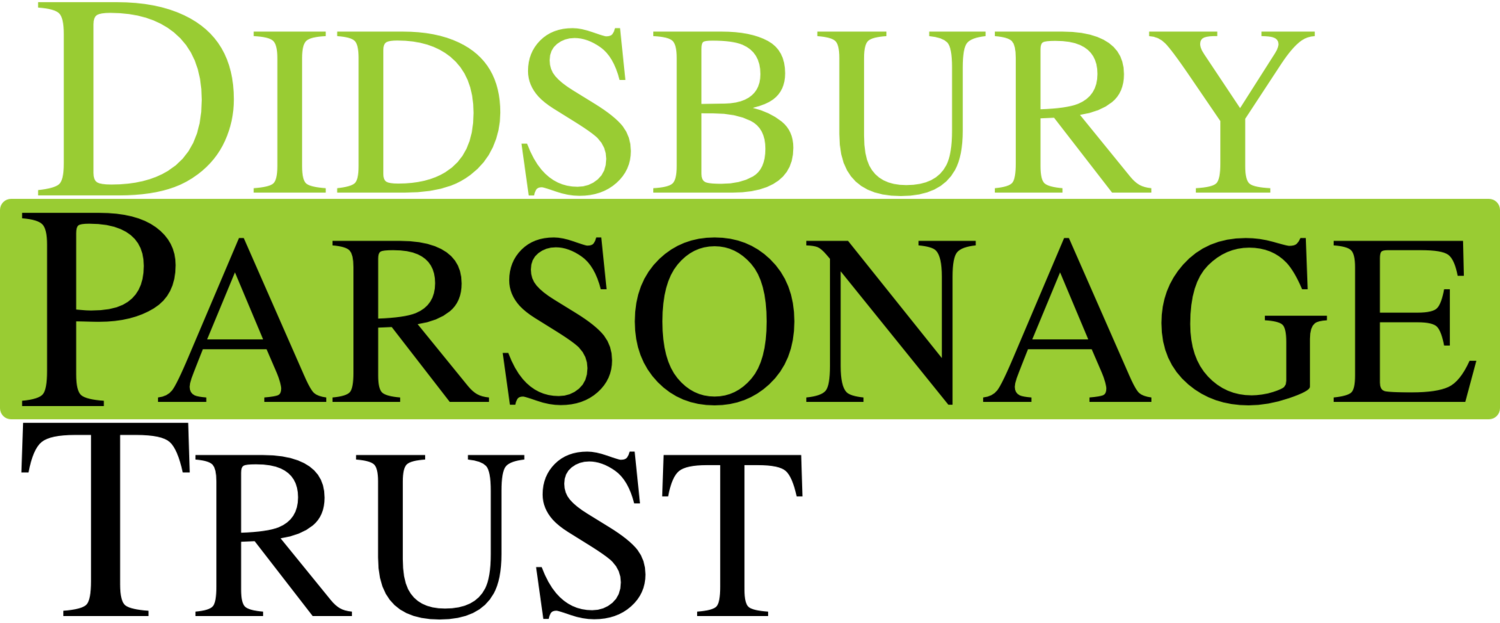
History
The Parsonage is a Grade 2 listed building , within the St James’ conservation area. The first record of the house is from 1646, the home of Thomas Walker, when it is called Ash House, and referred to as ‘the home of the minister’.
It is probably the second oldest building in Didsbury after St James’ Church.
In 1864 Fletcher Moss, then aged 22, moved in with his parents, subsequently buying the house in 1885. He died in 1919 after a life of public service, and had become well-known for his writings on local history.
Fletcher Moss, now Alderman Moss, bequeathed the house and gardens to the City of Manchester because he wanted the house and its contents to remain intact “to show what a comfortable house of the olden times was like”. Unfortunately, the house became difficult to maintain and in 1922 many features were removed, including the stained glass and fireplaces.
The gardens are now maintained by the Friends of Fletcher Moss Park and Gardens. The graves of several of Fletcher Moss’s dogs are in the gardens, in the shrubbery by the yew tree.
Prior to 1761, it was owned by the Tatton family, again as a home, and John Davenport also lived there as did William Hesketh, presumably not all at the same time. Between 1761 and 1795 it was lived in by the Bamford family and then in 1795 Sam Bethell lived there until 1804. The next occupant, up to 1829, was Miss Twyford, landlady of the Cock Inn until 1824.
In 1832 a grocer (sometimes referred to as a curate), Sam Newell, and his wife, lived in the house and the name was changed to Spring Bank. It was Sam Newell who added the two wings at either end of the house. Sam Newell let the house to Rev W J Kidd. Mr Kidd stayed there for ten years but left because the servants said the house was haunted by the ghost of Mrs Newell, and would not stay.
The Moss Family moved into the house in 1864. At this point the name changed to the Old Parsonage. After his mother’s death, Fletcher Moss lived there alone until his own death in 1919.
When Fletcher Moss left the property to the people of Didsbury and Manchester, Manchester City Council used the house as an art gallery and museum. Much of the collection left by Fletcher Moss was on view to the public. There were also three paintings by Turner, a painting by Augustus John, and etchings by Goya. In the 1980s the art gallery closed for economic reasons, and the building was used for offices by the City Council.
It is believed that at one time the house was connected to the Cock Inn and this is shown on a map dated 1851. Fletcher Moss wrote that “Over the stables of the Cock Inn and extending into this house, is a large upper room called The Wakes Room, but why the inn and parsonage should overlap and have bricked up doorways, I the owner never could understand” (1906). By 1893, the buildings are separated although the outbuildings are shared.
Most of the oak panelling, staircase and beams were added by Fletcher Moss.
Fletcher Moss thought that beneath the stucco (render) there was a black and white timber building, but we have discovered that this is not the case. He did consider restoring it but decided that the extensions would not fit in if he did.
The doorway is fashioned from a massive oak tree taken from Broad Oak Farm in Didsbury and is beautifully carved, as is a lot of the woodwork inside.
The Eagle Gate on Stenner Lane was bought by Fletcher Moss for £10 when the Spread Eagle pub, owned by the Moss family, in Corporation Street, Manchester was being demolished. He paid £10 for the the gate, and £80 to have it erected on site.
There was a lodge at the Stenner Lane gate facing the church and a row of weavers’ cottages ran along Stenner Lane from the Lodge. The weavers’ cottages were demolished in the 1920s. The mill stone is not from this site but comes from Didsbury Mill which was in East Didsbury.
Maps of 1851 call the building the Old Parsonage and the stone name plate on the Stenner Lane entrance also says The Old Parsonage.
The Fletcher Moss pub in the village was originally named The Albert and was renamed in honour of Fletcher Moss.
The library in Didsbury is a Carnegie Library and Fletcher Moss was instrumental in it coming to Didsbury in 1915. The library was built on what was the bowling green of the Grey Horse pub.
Fletcher Moss travelled around the country extensively and wrote many books about the great houses and the local history of the area. He was also an avid collector and the milestone in the garden was sited at Parrs Wood toll.



